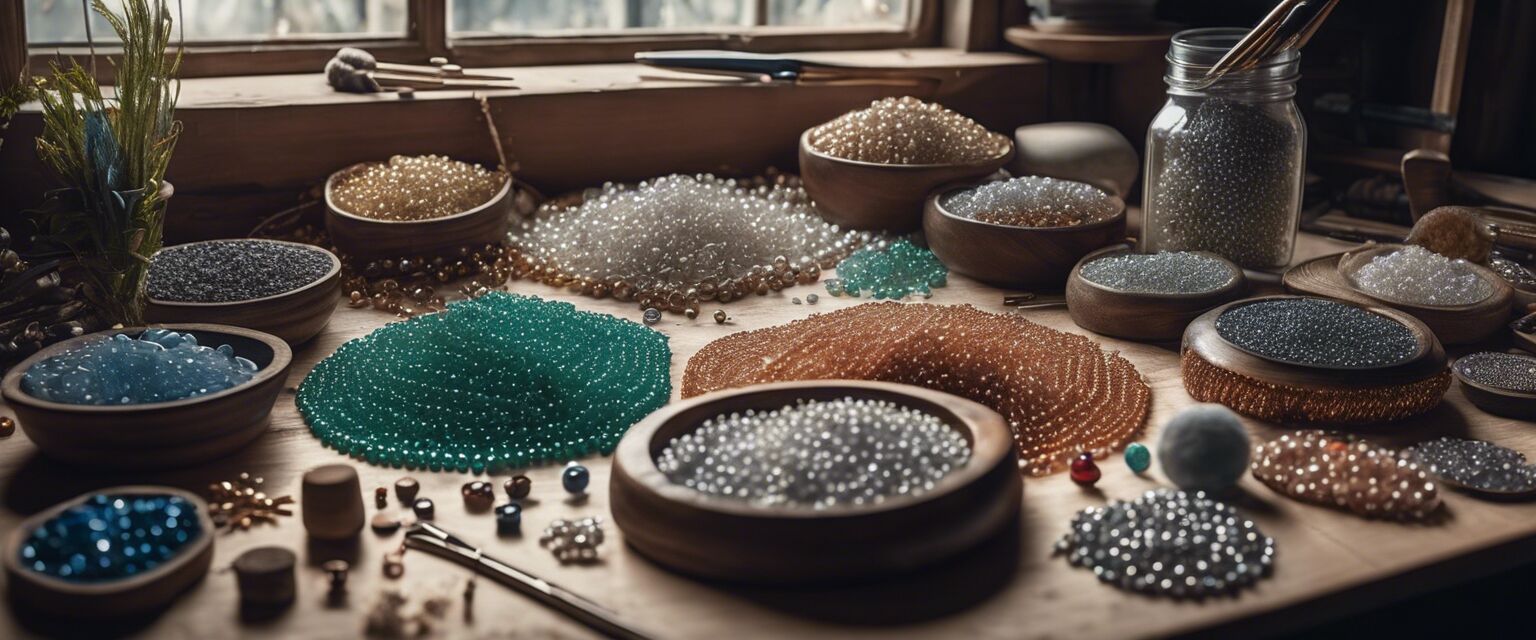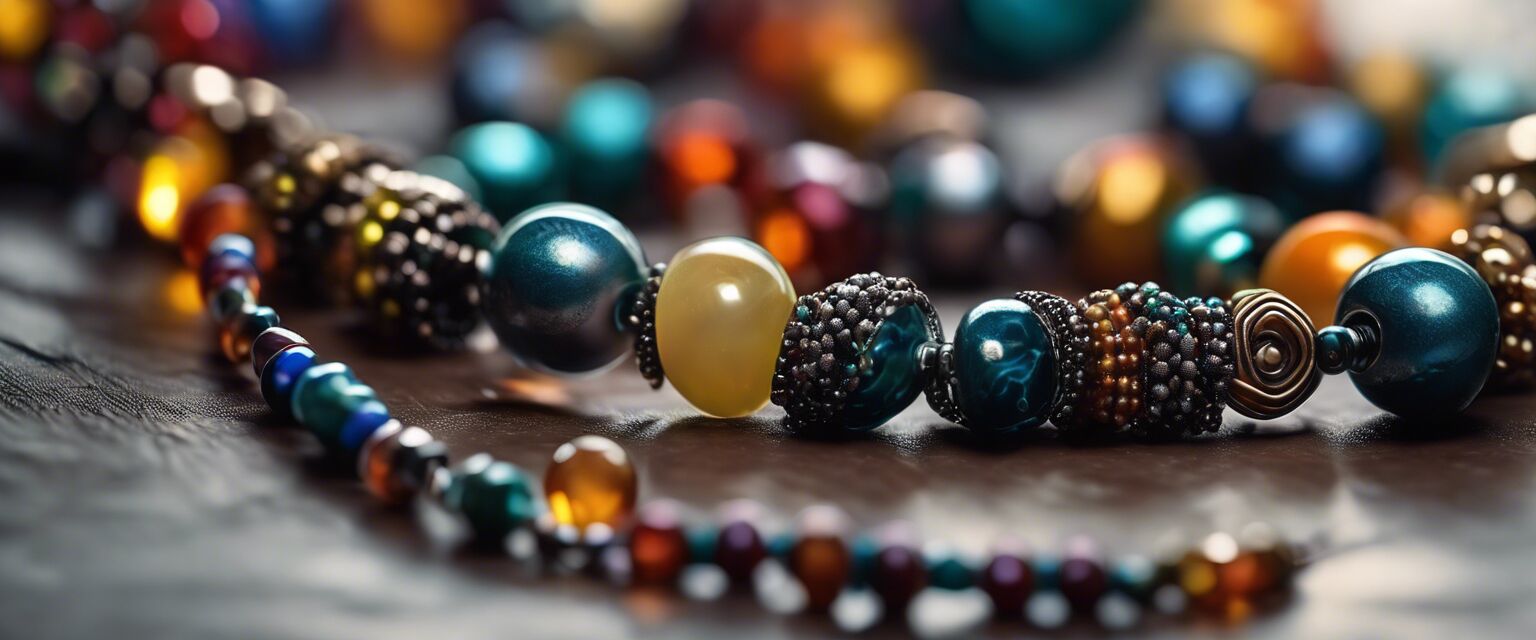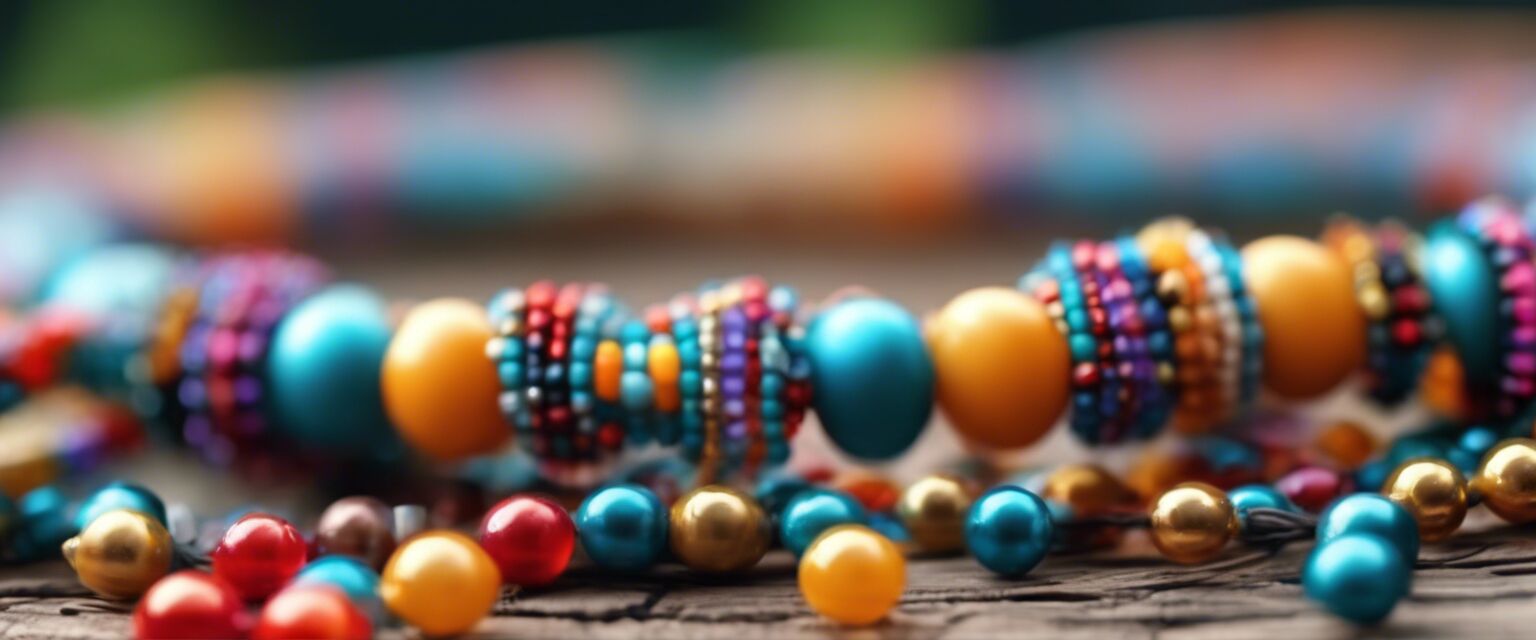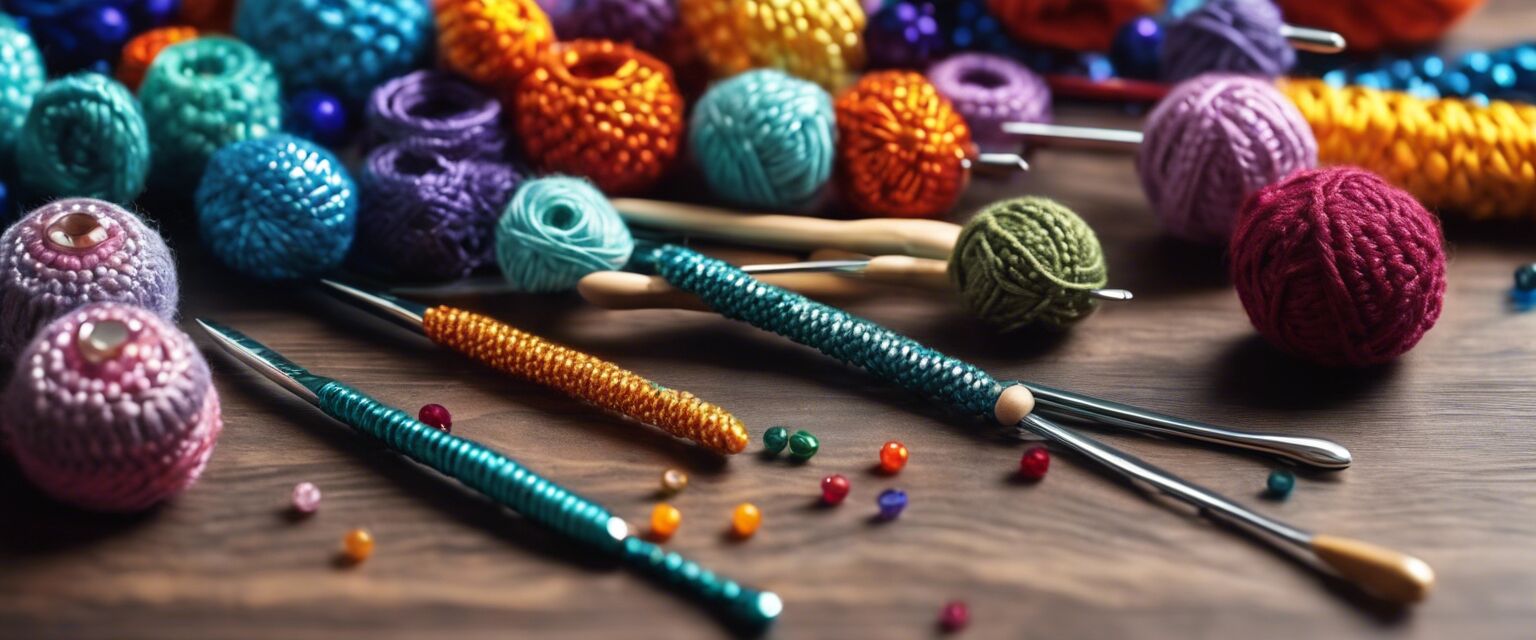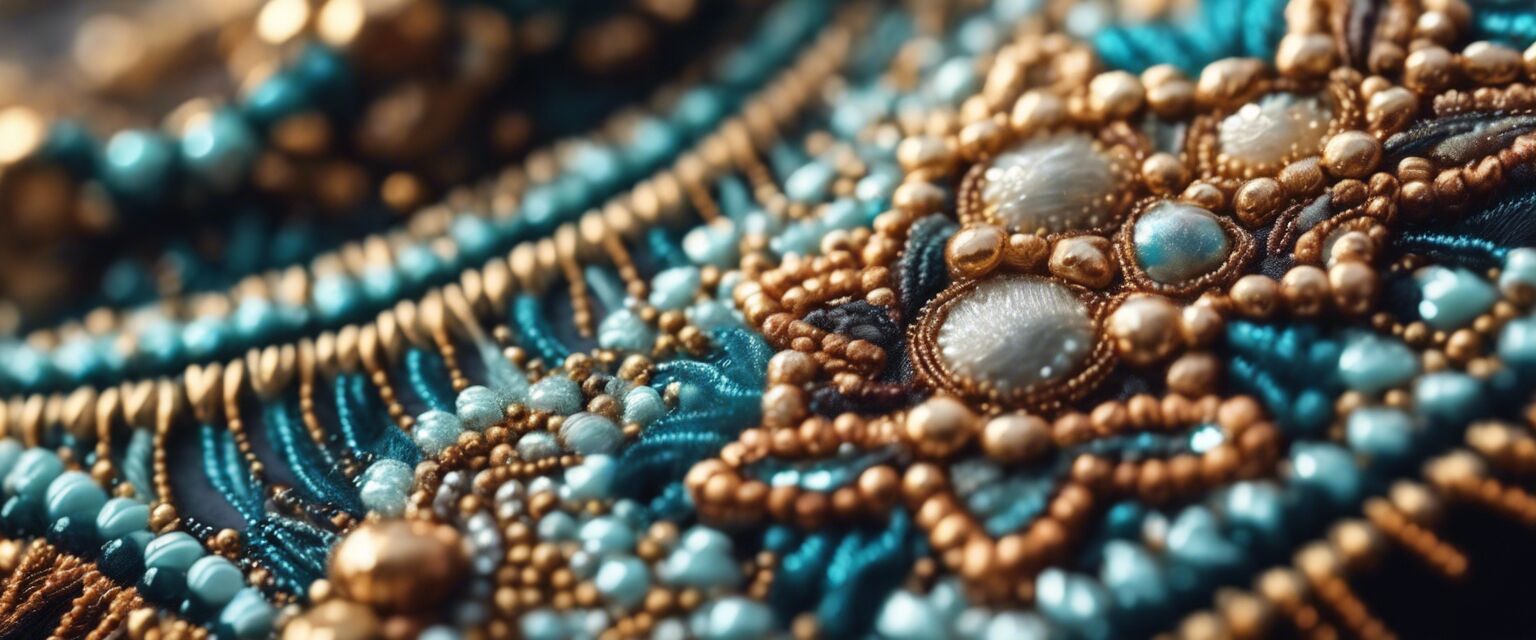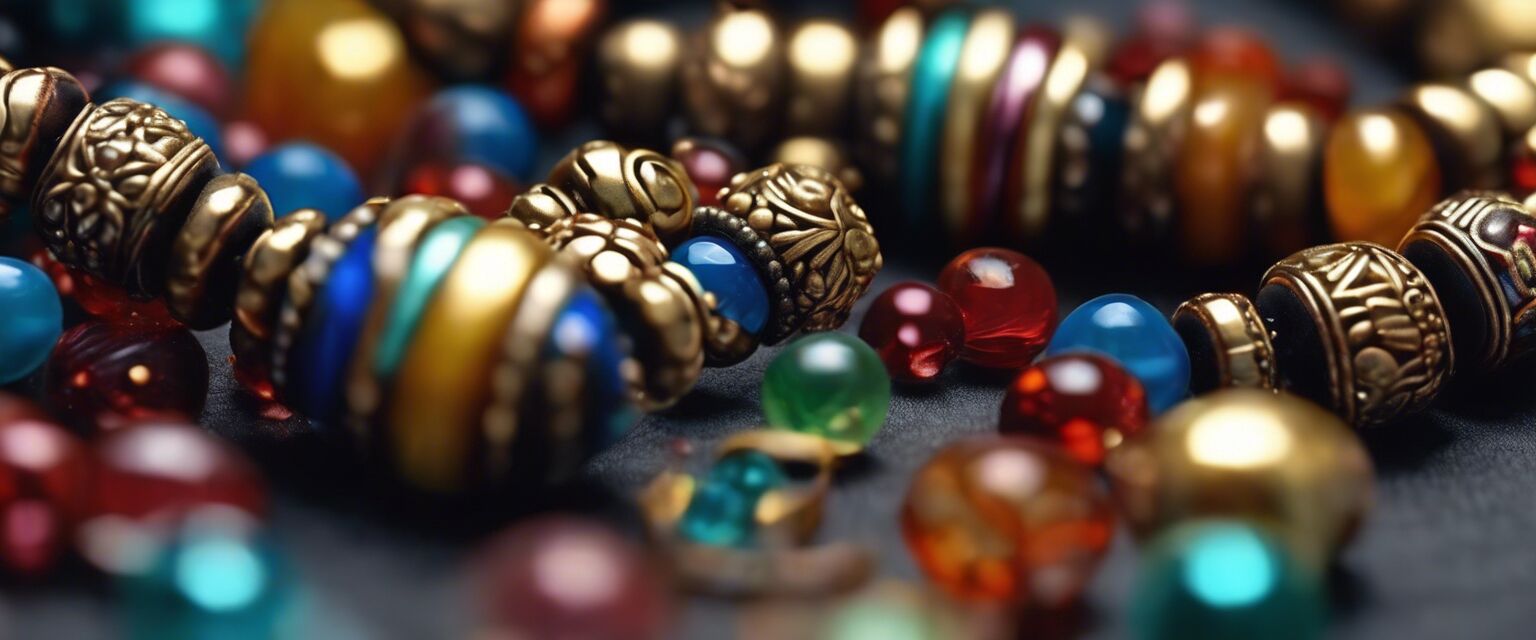
Advanced Beading Techniques
Key Takeaways
- Explore complex methods suitable for seasoned beaders.
- Utilize innovative tools and supplies for intricate designs.
- Master tips for enhancing your beading projects.
- Incorporate various bead types, such as crystal beads and seed beads.
- Discover resources for beading kits and essential tools.
Beading has evolved into a sophisticated craft, leveraging a plethora of techniques to create intricate and stunning jewelry pieces. For experienced bead crafters, mastering advanced techniques can take your projects to the next level. This article delves into some of the most effective advanced beading techniques sure to elevate your crafting experience.
Understanding Advanced Techniques
Advanced beading is not just about using complex patterns but also about understanding the art of beading in depth. By delving into detailed techniques, experienced beaders can craft unique pieces that stand out. The methods discussed below are best suited for those with a solid grounding in basic beading and are looking to explore more intricate designs.
1. Bead Weaving
Bead weaving involves using a needle and thread to join beads together, creating intricate patterns or shapes. There are several popular styles of bead weaving:
- Brick Stitch
- Right Angle Weave (RAW)
- Cubic Right Angle Weave
- Herringbone Stitch
Each style provides unique possibilities, allowing for creativity and flexibility in design. Below is a comparison table of the techniques:
| Technique | Description | Difficulty Level |
|---|---|---|
| Brick Stitch | Utilizes rows of beads to create a solid fabric-like design. | Intermediate |
| Right Angle Weave | Links beads at right angles, allowing for 3D structures. | Advanced |
| Cubic Right Angle Weave | A variation of RAW that creates cubic formations. | Expert |
| Herringbone Stitch | Creates a flexible, textured fabric-like structure. | Intermediate |

2. Bead Embroidery
Bead embroidery is the art of sewing beads onto a fabric background, allowing for decorative designs. This method often enhances surface texture and adds depth to creations. Key tips for successful bead embroidery include:
- Select a suitable fabric for your design.
- Use the right needle and thread for the beads.
- Plan your design carefully to ensure balanced aesthetics.
Common materials used in bead embroidery include stabilizers to prevent fabric stretching during the process.
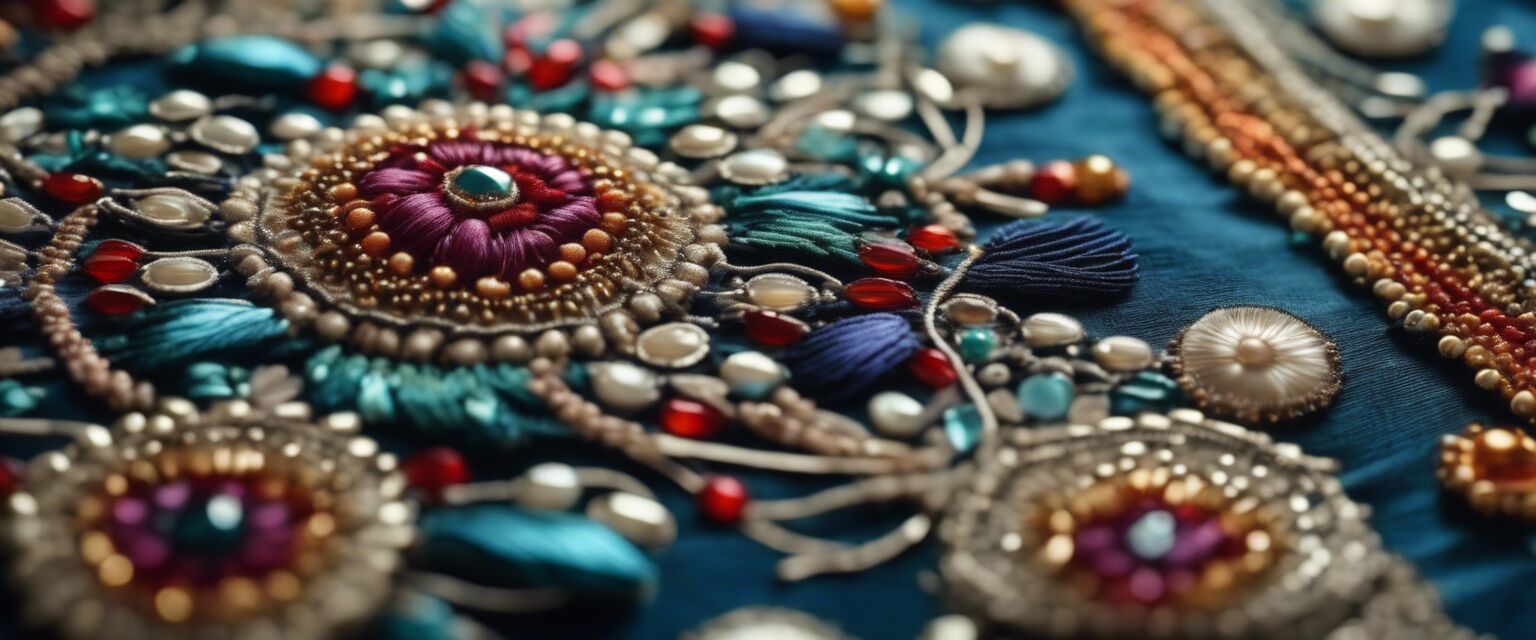
3. Stringing Techniques
While stringing might seem simple, using advanced techniques can significantly enhance the durability and aesthetics of your jewelry. Here are some stringing methods to consider:
- Double Stringing: Using two lengths of thread or wire to add security and embellishment.
- Bead Knotting: Placing knots between beads to prevent them from shifting or moving.
- Use of Wire Guardians: Protecting your strings by using wire guardians at the connection points.
4. Advanced Wire Techniques
Advanced wire techniques allow for creativity in jewelry design. Techniques include:
- Wire Wrapping: Creating beautiful shapes and settings for beads using wire.
- Coiling: Forming spirals and coils to add dimension to your pieces.
- Chain Making: Connecting multiple links to create elaborate designs.
Using tools like round-nose pliers and wire cutters will be essential for executing these techniques successfully.
Tools and Supplies for Advanced Beading
Investing in the right tools and supplies can make a significant impact on your advanced beading projects. Some common tools include:
| Tool | Purpose |
|---|---|
| Beading Needle | Threading beads onto string or wire. |
| Wire Cutters | Cutting metal wire to the desired length. |
| Pliers (Flat, Round, & Chain Nose) | Shaping wire and opening/closing jump rings. |
| Bead Mat | Preventing beads from rolling away while crafting. |
Tips for Beginners
- Start with simpler designs before moving to advanced techniques.
- Practice consistently to develop your skills and confidence.
- Watch video tutorials to enhance your understanding of new methods.
- Join a local beading group or community for support and inspiration.
Conclusion
Advanced beading techniques are a wonderful way to bring your creativity to life. By experimenting with various methods such as bead weaving, embroidery, stringing, and wire techniques, you can craft unique jewelry that expresses your personal style. Make sure to have the right tools and supplies on hand, and don't hesitate to explore further resources about beading tools and supplies for your projects.
Pros
- Expands creativity and design possibilities.
- Improves skills and knowledge in beading.
- Creates unique and personal pieces of jewelry.
Cons
- May require a larger investment in tools and supplies.
- Initial learning curve can be challenging.
- Time-consuming depending on the complexity of the projects.

